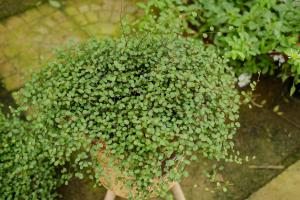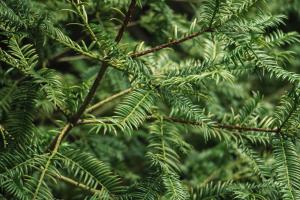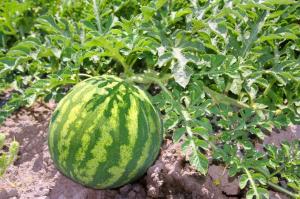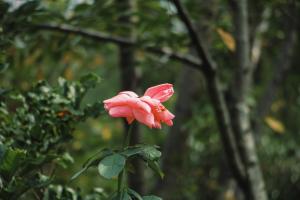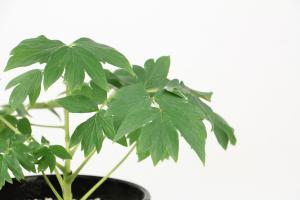Cultivation method of summer Chimonanthus
Temperature and light
Chimonanthus chinensis can normally survive winter and summer in Jiangnan and other places, and can withstand short-term high temperature of 40 ℃ and low temperature and severe cold of - 15 ℃. Like the warm and humid growth environment with weak sunlight. The leaf color turns yellow and grows poorly under full light. Therefore, avoid direct sunlight and put it under the sun for a long time. Just a proper amount of light.

watering
Chimonanthus chinensis is resistant to drought and waterlogging, and the soil can be kept semi humid. Timely drainage in rainy season. However, water shortage is not allowed in summer, so as to avoid the formation of dry and white patches on the leaves and affect the formation of flower buds. In the flowering period of summer Chimonanthus, the watering amount must be reasonable. If the water is too little, the flowers will bloom irregularly; Watering too much can easily lead to falling flowers and buds.
soil
It is suitable for growing in fertile, loose and well drained sandy soil. Basin soil can be prepared by sand slope and coniferous humus soil.
apply fertilizer
Like fertilizer, timely fertilization can promote flower bud differentiation and blossom more. Apply leaf fertilizer twice in spring, and apply compound fertilizer every half a month or so from the end of June to before lodging, so as to promote the formation of flower buds. The fertilization is mainly phosphorus and potassium fertilizer, with an appropriate amount of nitrogen fertilizer. After autumn is cool, cake fertilizer can be applied once to enrich flower buds. Apply topdressing 2-3 times after flowering to before falling leaves. Thin horseshoe water shall be applied again before winter to provide nutrients for flowering.

Precautions for summer Chimonanthus culture
Pay attention to pest control
There are mainly scale insects and aphids, as well as black spot and anthrax diseases, especially in the high-temperature season, which need to be strengthened management.
Watch out for the wind
Chimonanthus chinensis is afraid of the wind, so it is necessary to choose the leeward place for open field cultivation. If the wind protection is not in place, the blades will produce rust spots due to mutual friction. If in the flowering period by the wind, the bud is not easy to open, the petals will not stretch and so on.

Timely pruning
Chimonanthus praecox has strong branching power. Timely pruning is conducive to promoting the germination and flowering of more flower branches. It is suitable to prune after flower withering to before hair and leaves, generally from March to June, and stop pruning after July. Cut off the disease and insect branches, dead branches, Cross branches, over dense branches, etc., retain 2-3 pairs of buds at the base of annual branches, and cut off the upper branches to promote branching. After each two or three pairs of leaves grow from new branches, pick the heart once.

 jackfruit
jackfruit snake plant
snake plant hibiscus
hibiscus hydrangea
hydrangea lavender
lavender Green roses climb al...
Green roses climb al... If you don't pay att...
If you don't pay att... Management of four g...
Management of four g...